
Meet the Chef - Alexander Smalls
The superstar chef curator of our new book The Contemporary African Kitchen on his journey from opera house to African continent via upscale restaurants.
On his first trip to Western Africa, Alexander Smalls landed in Accra, Ghana, and immediately felt a sense of familiarity and kinship; the sights and smells, the mannerisms of the people all reminded him of his own people, the Gullah Geechee of his childhood.
It had been an eventful journey for Alexander, a Grammy-and-Tony-winning opera singer who’d done a 180-degree turn from starring roles in opera houses to opening some of the most highly successful Afro American-centric restaurants in New York, garnering best-new-restaurant-and-James-Beard-awards in the process. He’d come a long way, and this was a sort of homecoming.
From hanging out with Nina Simone and James Baldwin in Café de Flore in Paris, to cooking for Bill Clinton and Toni Morrison, today Smalls is as at home in Ghana as he is in Kenya, Harlem, or his native South Carolina.
That’s partly because over the last ten years he’s been on a quest to trace the pathways of what he calls Pan African and Afrofusion cooking, and to create a discipline that mirrored enslaved Africans’ footprint on five continents, bringing to bear the conversation how - through slavery - Africa changed global foodways.
The Contemporary African Kitchen is the latest addition to what he calls this “ten year odyssey.” The book brings together some of the most significant chefs and culinarians who are setting this new African table with a range of traditional dishes paired with some of their newest creations.
The Contemporary African Kitchen features 120 recipes from nearly 30 of Africa’s most exciting and leading contemporary chefs, highlighting the range and diversity across the continent.
It guides readers through all five regions of the continent – Northern, Eastern, Central, Southern, and Western Africa – with stories of Smalls’ travels and links to the regions woven throughout. The most significant chefs and culinary creators at the forefront of today’s African food movement are all included. The book showcases personal stories of heritage and legacy from the chefs at the heart of an expanding food movement.
Each of the five regions in the book has an opening text from Alexander, followed by chef recipes – each with a personal headnote and a recipe photo. “I am a culinary activist for the African diaspora. At the heart of it all I’m an artist, a raconteur,” he says. Let’s meet the chef.
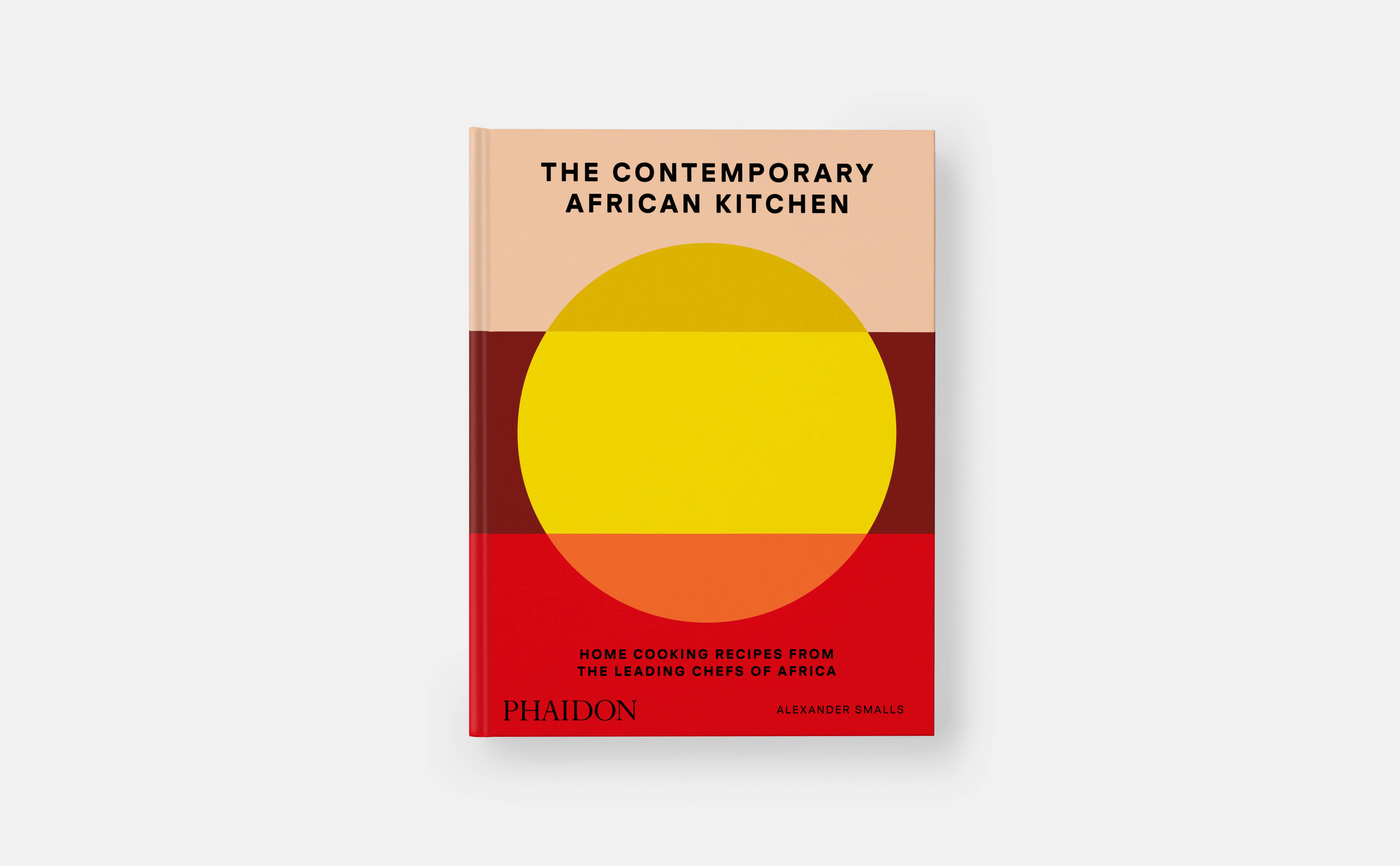
It’s quite the leap from Grammy Award-winning opera singer to chef and restaurateur. How did that happen? I was blessed with two languages, food and music, from a very young age, and I found my identity and expression in both those two disciplines. Throughout my life they have piggybacked and interchanged themselves with respect to my focus.
I hit the glass ceiling in classical music. Black male opera singers didn’t have the same opportunities as Black female opera singers. Black men were not considered exotic, Black men were considered a threat. Most Black male opera singers had to go to Germany to have any semblance of an operatic career. And they all came home with no voice because it was a very abusive scenario.
After a particularly insulting second audition at the Metropolitan Opera, I went home and drank the bottle of red wine that I had smuggled in my suitcase from France, where I had been living, and I woke up the next morning with the beginnings of a plan to open the first fine dining African American restaurant. 18 months later I was building it. I just absolutely changed the course of my life.
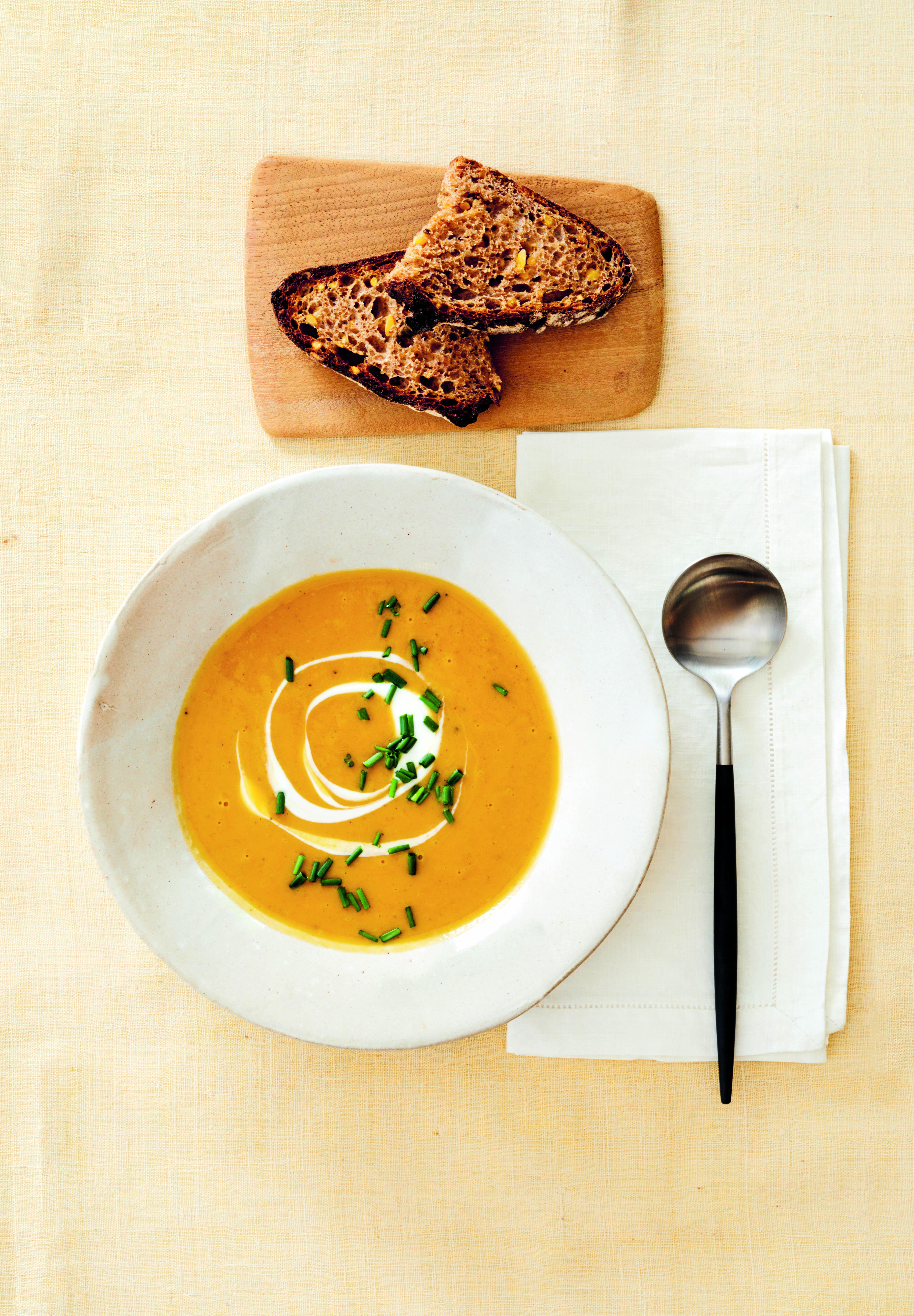 Roasted Pumpkin and Sweet Potato Soup. Uganda, Zein Abdallah. Photography: Bea Da Costa
Roasted Pumpkin and Sweet Potato Soup. Uganda, Zein Abdallah. Photography: Bea Da Costa
Who originally inspired you to cook, and how did it come about? The first thing you have to know with African American people is that food was the cornerstone of our lives and expression. Food was currency. It was essentially a language we all spoke and a commonality we could all share culturally.
We did not own ourselves as African American people, but we owned that recipe, that dish. Food was a source of dignity and pride because we had no real money or claim to anything that was qualified or validated by society. So food is how we gathered; it’s where we told our stories, learned about our history, passed along generational information and expressions. It’s where we found our identity. There’s so much history within the simplest pot of humble grains.
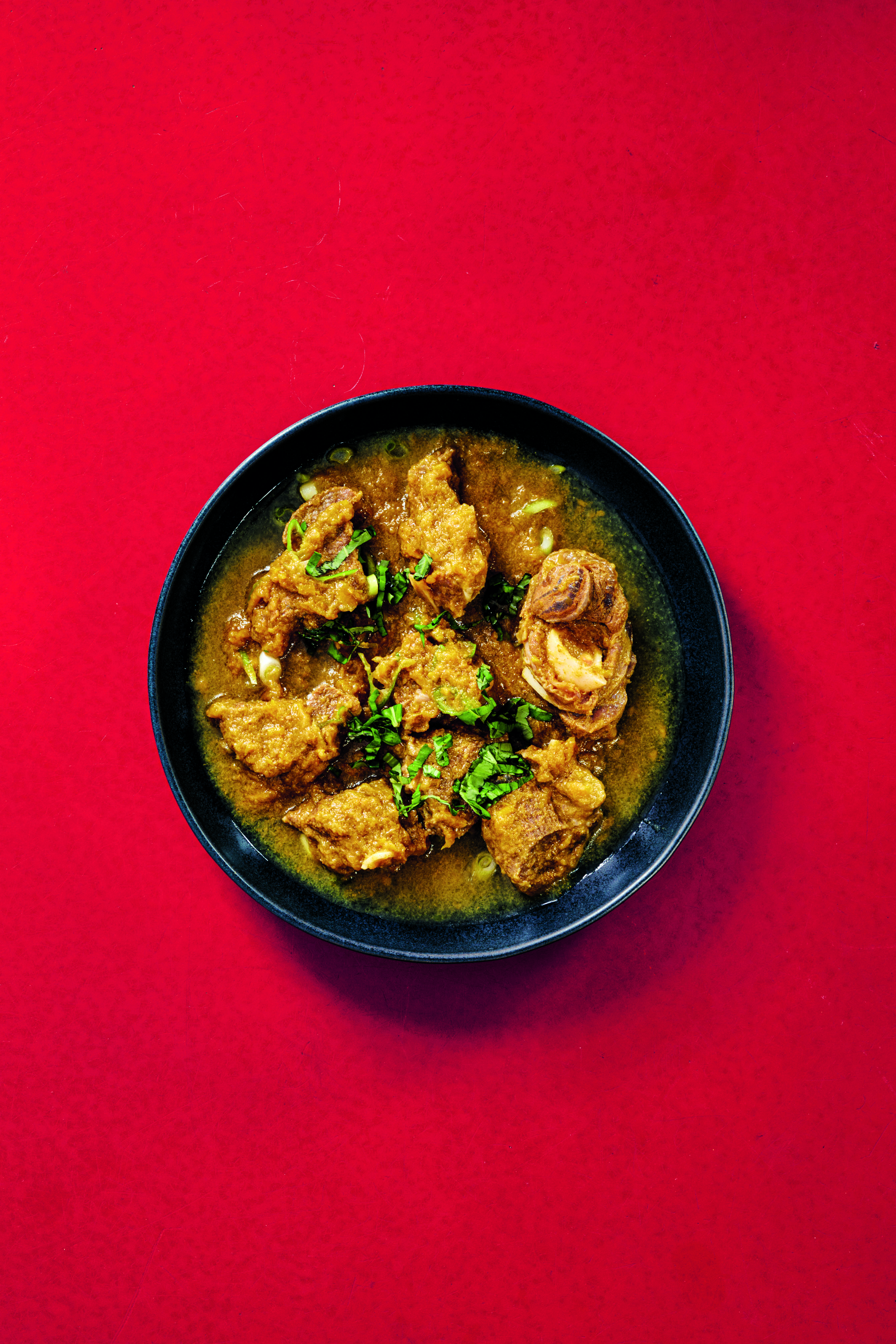 Goat Meat Pepper Soup. Cameroon, Agatha Achindu. Photography: Bea Da Costa
Goat Meat Pepper Soup. Cameroon, Agatha Achindu. Photography: Bea Da Costa
My grandfather was a city farmer and every spring he would rent a mule and he would get behind a plough with that mule and plough the field. He also rented land in the countryside where he kept livestock. I would go with him to feed those animals and also to the slaughterhouse a couple of times a year.
We’d bring the meat home to my grandpa’s house where the extended family had folding tables set up, covered in newspapers, and they’d butcher that meat and divide it across three family households. There were chefs on both sides of the family. In those days they were called cooks, because James Beard had not come back from Europe and brought that domestic expression into a professional stature and given white men permission to cook in America.
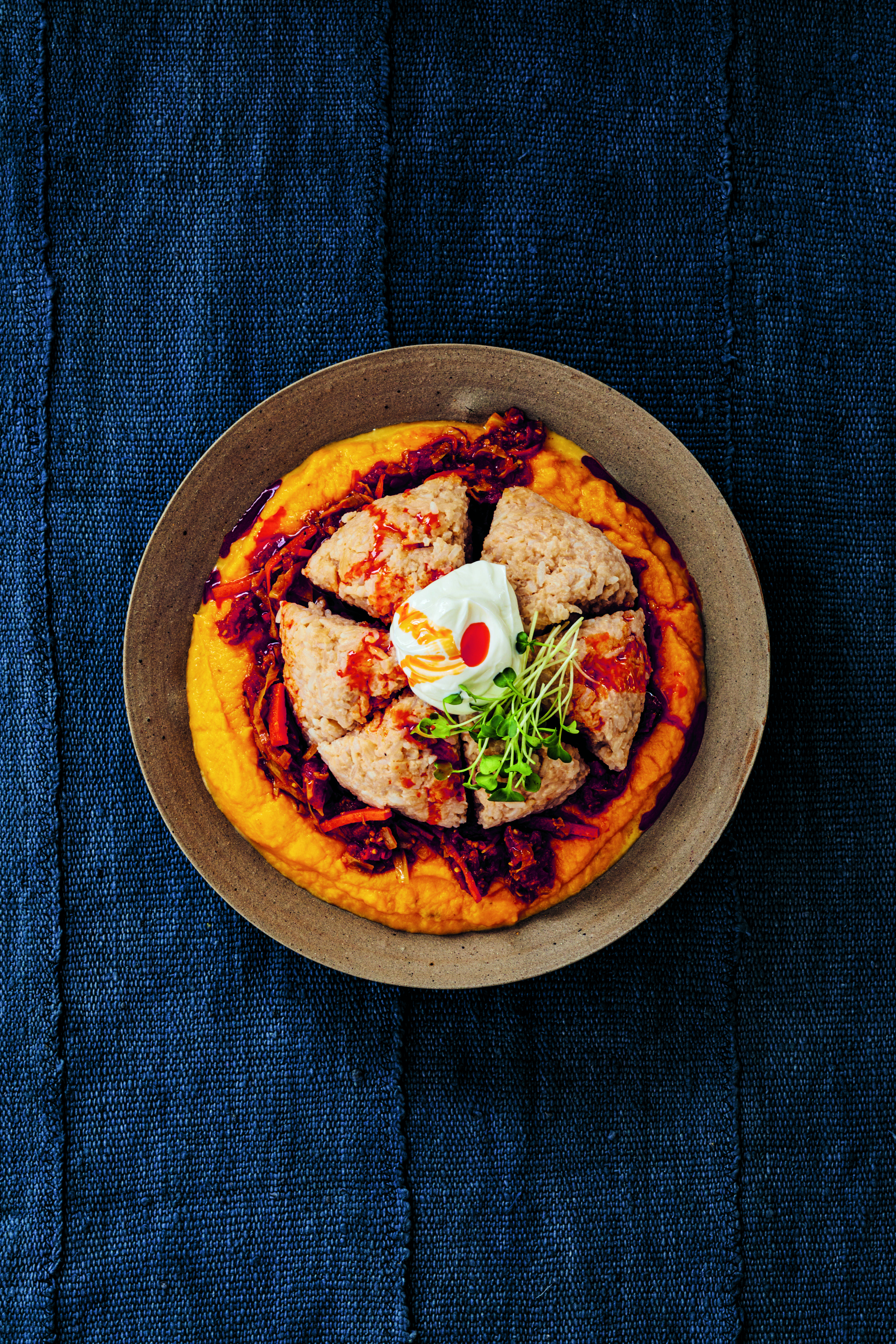 Peanut Butter Rice Balls and Pumpkin Mash with Spicy Relish. Zimbabwe, Kudakwashe Makoni. Photography: Bea Da Costa
Peanut Butter Rice Balls and Pumpkin Mash with Spicy Relish. Zimbabwe, Kudakwashe Makoni. Photography: Bea Da Costa
All that history was mine. Food, and cooking food, was as common as learning to walk or ride a bike. Meanwhile, my father was in the grocery business, and he also had a nightclub, so music and performance all fed into food for me.
I also realised at a very early age that the person who wielded the spoon had power. The person who fed you had the power. And they had a respect, an appreciation that was unmatched, not only at home but also in the community. I wanted that, all of that.
Do you remember the first meal you made? My first complete meal was, and still is, my favourite food. In the South, where I grew up, we called them pork and beans. As a child you could basically give me beans and franks over a big plate of white rice, and I would be happier than happy. There was also the ritual of being trusted enough to make the Sunday lunch from an early age.
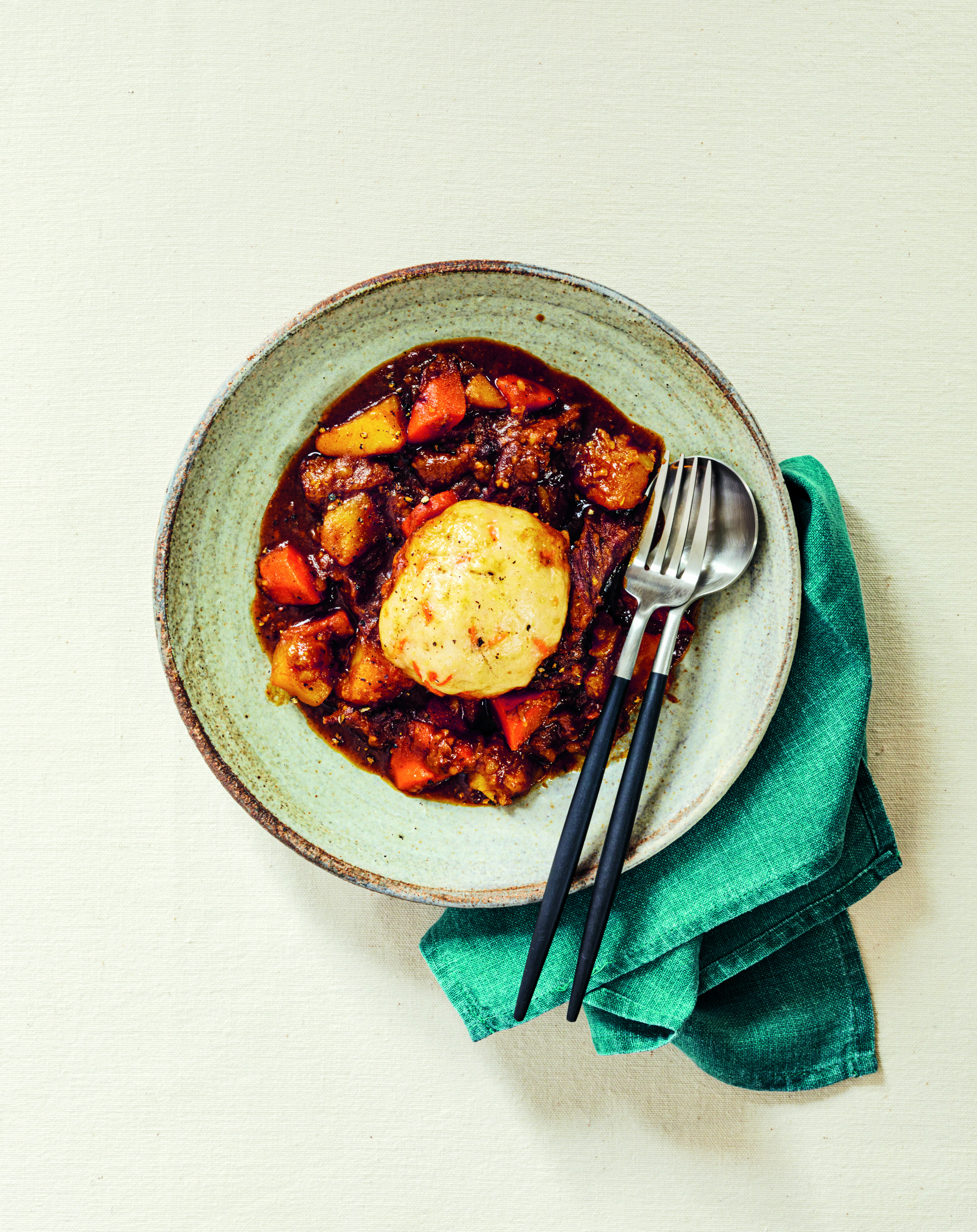 Beef Stew and South African Dumplings. South Africa, Sinoyolo Sifo. Photography: Bea Da Costa
Beef Stew and South African Dumplings. South Africa, Sinoyolo Sifo. Photography: Bea Da Costa
How did the Contemporary African Kitchen book come about? It’s a part of a long journey. I successfully opened the first fine dining African American restaurant in New York in the early nineties. That was Café Beulah. Then I opened Sweet Ophelia’s, and then the Shoebox Café in Grand Central Station. That was an ode to the old shoebox lunch, which was how during Jim Crow and the segregated South, Black folks who couldn’t go to restaurants, would pack their lunch in shoeboxes with the food wrapped in wax paper and twine. That third restaurant was important because it was part of the journey.
I realised that in the conversations around fine dining and refined cuisine, African American and African food was not present in that conversation. As I travelled the world I realised that there was no difference between my grandma’s brown pan gravy and a French grandma’s heavy cream butter sauce. However, I had been taught my food was bad for me, but that French food was good for me. So I set out not only to rewrite that story, but also to bring us into the refined culinary conversation for dignity, pride, and respect.
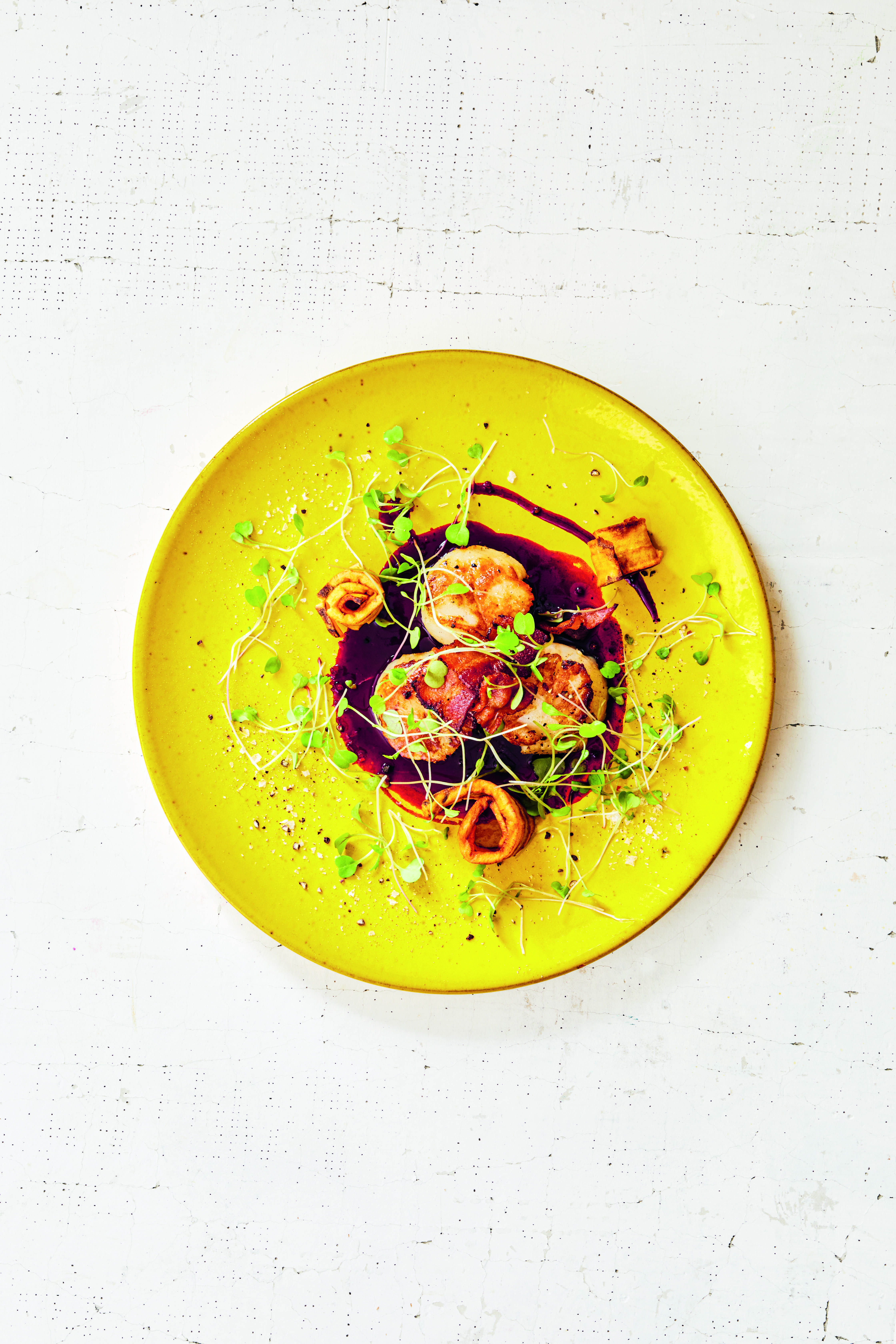 Scallops with Hibiscus Sauce. Togo, Agness Colley. Photography: Bea Da Costa
Scallops with Hibiscus Sauce. Togo, Agness Colley. Photography: Bea Da Costa
When Shoebox Café closed after 9/11 I took ten years off and I travelled the world, studying the food of the African diaspora. I soon realised I had only begun to scratch the surface. I took off following the slave trade and pathways around the world that went into Asia, all over Africa and Europe, trying to understand the footprint of the enslaved people and their influence. That ten year odyssey led me to create a concept I called Afro-Asian American cooking, which essentially gave me permission to create a discipline that mirrored enslaved Africans’ footprint on five continents, bringing to bear the conversation how, through slavery, Africa changed global foodways.
I set out to create Alkebulan, our first African dining hall in the world, in Dubai. At this point I was considered somewhat of an authority, but I realised that it was egotistical and pompous for me to write the prescription of what should be in this food hall. I felt strongly that it really needed to mirror the cultural expression of many instead of one. So I took on the job of curator and I went out and found other chefs who became my tribe.
All this leads to the book. Essentially I created the stage, the platform, the foundation, to now have a conversation about the contemporary African kitchen. So this whole concept was born out of the first African Food Hall in Dubai.
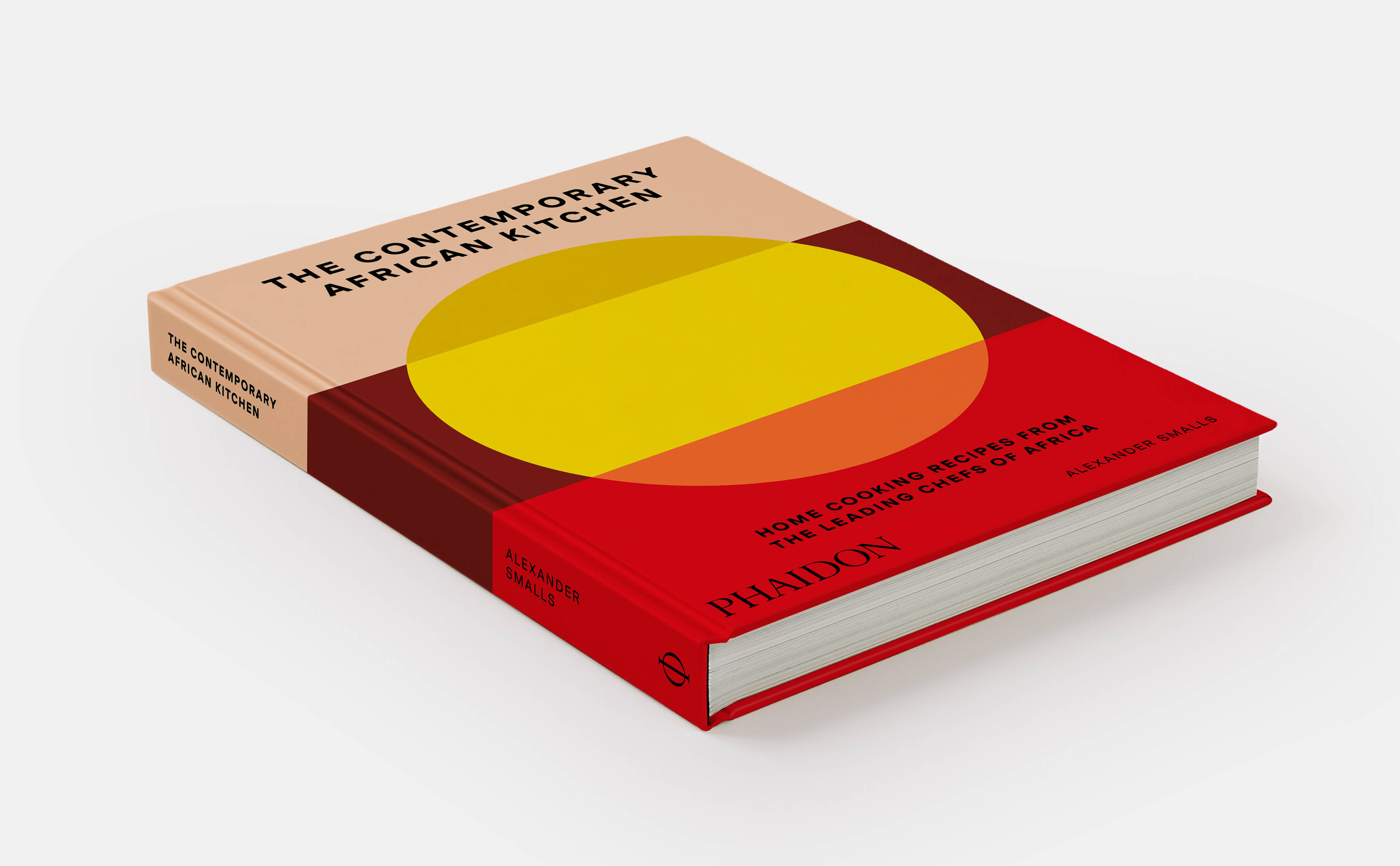
What does The Contemporary African Kitchen mean to you? This book was a labour of love for me. It’s a love letter to Africa and to the world. It’s so important that people begin to understand the things they don’t understand and what better way to do that than by setting the table and feeding them. Feeding them culture, knowledge, giving them an education; but also giving them an experience of cuisine that will enlighten and exhilarate them and make them feel like they’ve expanded who they are as individuals.
How did you approach the format? How we approached the book with the chefs was simple. What would you make if I came to dinner? I wanted them to own it as a sense of pride. And the book is really about chefs who create recipes and dishes for the home cook. That was the Phaidon philosophy. I probably wouldn’t have got there without Phaidon.
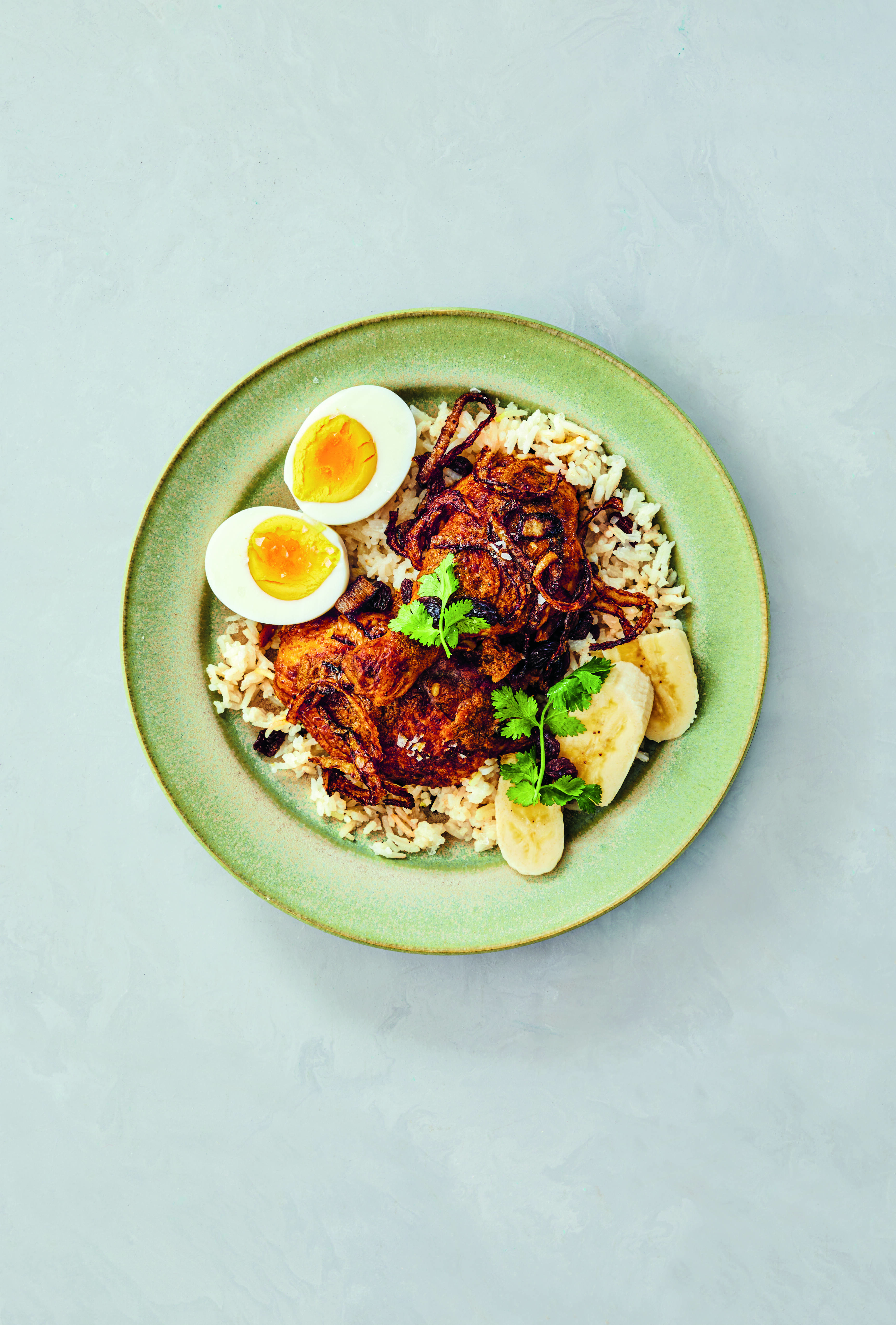 Chicken Biryani. Uganda, Zein Abdallah. Photography: Bea Da Costa
Chicken Biryani. Uganda, Zein Abdallah. Photography: Bea Da Costa
What do you always make at your dinner parties? My go-to is not always the dish. It’s the pot. At this point in my life I have this romantic expression: I love to bring the pot from the stove to my formal dining room table.
From childhood, I’ve always loved what I call 'a one pot wonder'. Goodness in a pot. If I had my preference I would eat out of bowls with a spoon until I leave the planet. So from that pot I create everything, things that I love, usually a stew of some type. And, because I spent three years living in Rome, and twenty consecutive summers in Tuscany, sometimes it might just be a huge pot of pasta!
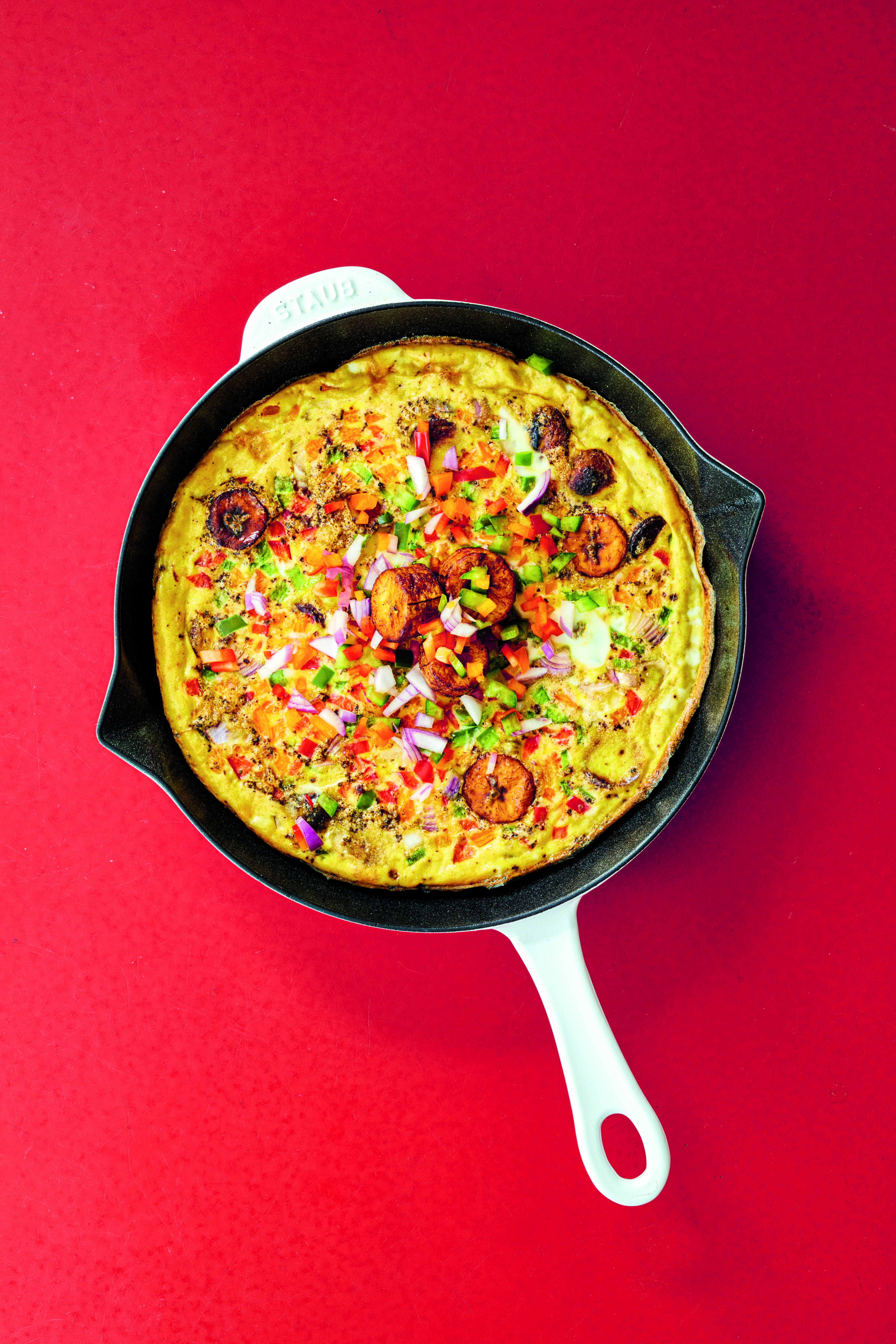 Plantain Frittata. Nigeria, Matse Uwatse. Photography: Bea Da Costa
Plantain Frittata. Nigeria, Matse Uwatse. Photography: Bea Da Costa
What will casual readers and non-foodies get from The Contemporary African Kitchen? Whether you pick up this book and try to cook it from front to end is up to you, but I’d love for you to read it front to end. I’d like you to come away from it thinking, I’d like to go to that place, I’d like to taste that dish, I’d like to have an experience through the lens of that food. And maybe sit at that chef’s table.
The pre-requisite for the book was that it would include chefs who were presently working and living in Africa, which was a bit of a challenge because I know so many brilliant African chefs all over the world. Needless to say, all of the major capitals are having an African renaissance - from London to Paris to Portugal to New York and Montreal – you name it. There is a long overdue recognition and respect for the food of the African diaspora.
Obviously the food world is about trends, but through colonisation and colonialism the prejudice against African food was so great that it would never have been up for that expression. It would never have been chosen if it were left to the people who choose these things. It’s come about because there are more and more brilliant black chefs insisting on being at the table. It didn’t start with me. I was able to be a forerunner of the contemporary modern African culinary expression, but there were many before me and there will be many beside me and in front of me.
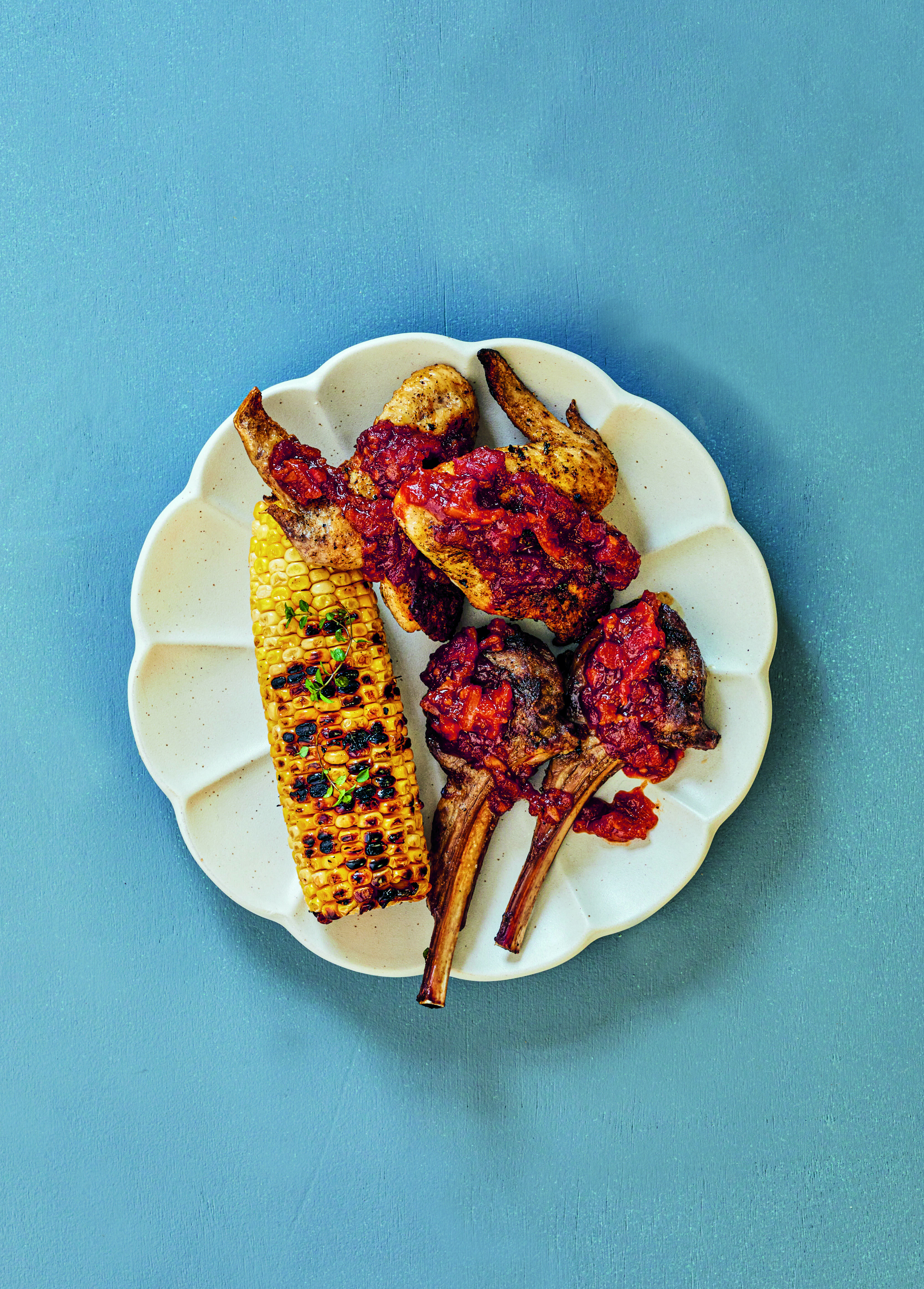 South African Braai. South Africa, Thabo Phake. Photography: Bea Da Costa
South African Braai. South Africa, Thabo Phake. Photography: Bea Da Costa
You’ve cooked for, and entertained so many people, over the years but is there one person, living or dead, you’d still like to cook for? I cooked for Gordon Parks, Bill Clinton… so many. One of my best friends for 30 years was Cicely Tyson, I constantly cooked for her. Toni Morrison, the great writer who was the first investor in my first restaurant, was Aunt Toni to me.
But at this point in my life I would love to cook for my aunt Laura and my uncle Joe. They are two of the most important people in my life, who took me under their wing at a very early age and taught me the expression and the language of food and music. She was my first piano teacher, and he would cook, and I would cook with him, and they would read Shakespeare to me. As a little kid I was reciting sonnets. John Dunne was my favourite poet at ten. I’m in South Carolina and people think I’m from Mars! I would love for them to see what has become of me. I would move heaven and earth for that.
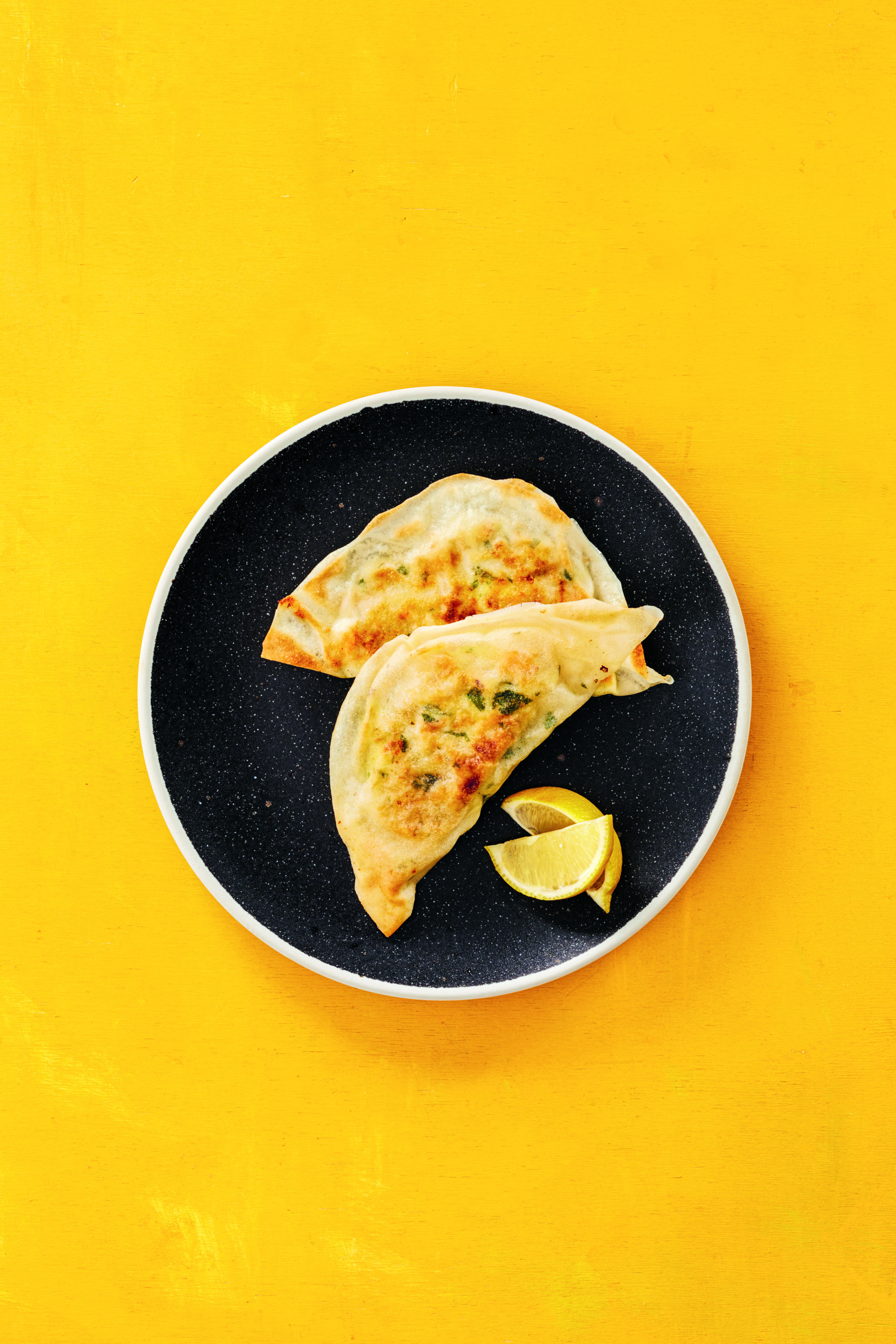 Brik with Egg and Tuna. Tunisia, Akram Cherif. Photography: Bea Da Costa
Brik with Egg and Tuna. Tunisia, Akram Cherif. Photography: Bea Da Costa
How have you infused your restaurants and menus with your personality and values over the years? I’ve always been a host. Even as a kid I was the family entertainer. Family friends would tell my parents, 'You need to get yourself a stereo'. They’d say, 'Why do we need a stereo? We have this boy here who can’t stop performing!'
As an opera singer in New York I was known for my parties, and for the most interesting food, and the most interesting guest lists - from captains of industry, to the pizza boy around the corner. For me it was always personal. You were my guest on every level. It was never about business before the hospitality. It was always about setting the table for friends. Whether I know you or not, you are going to be a friend.
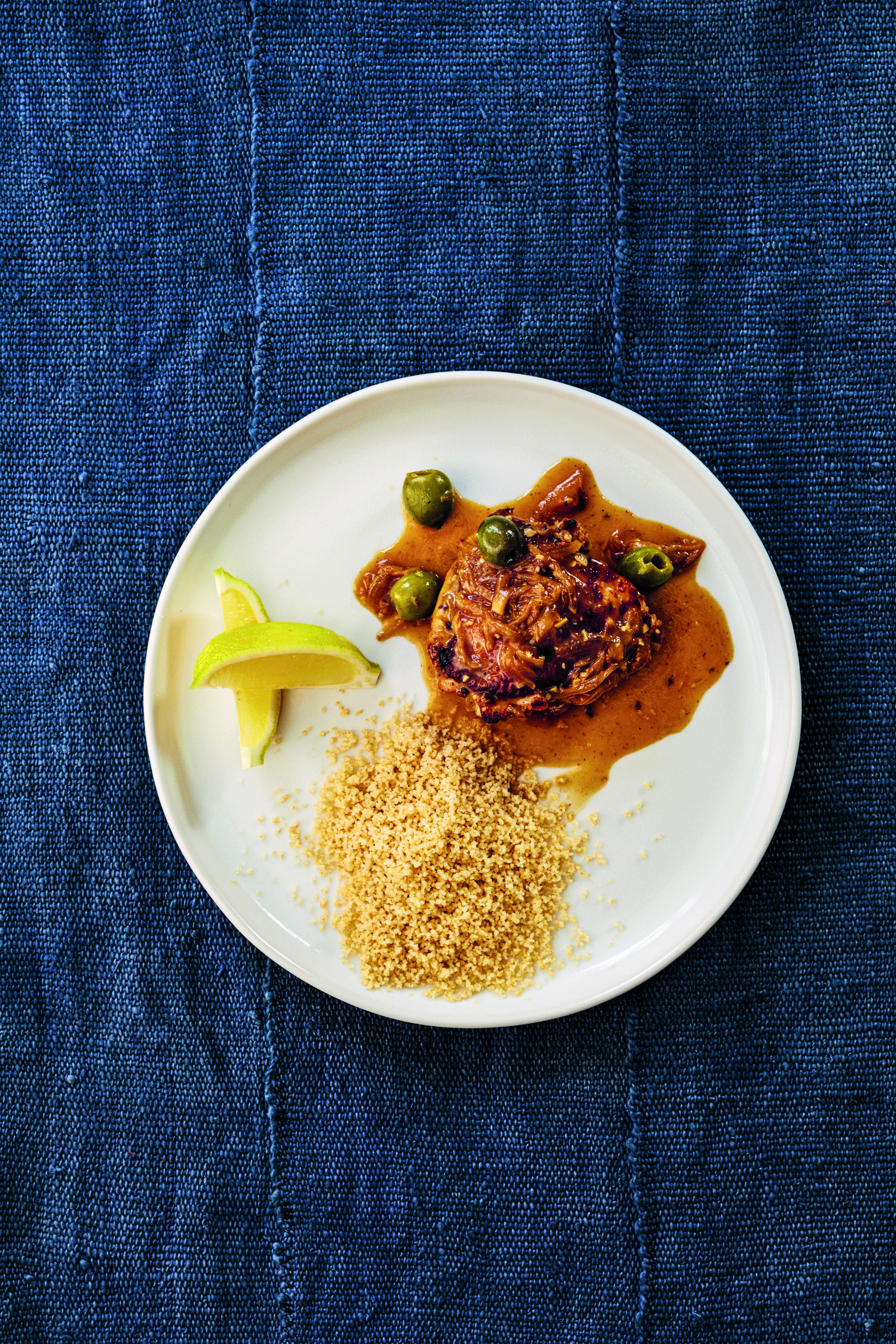 Chicken Yassa and Couscous. Senegal, Mame Sow. Photography: Bea Da Costa
Chicken Yassa and Couscous. Senegal, Mame Sow. Photography: Bea Da Costa
What’s a piece of music that always goes well with dinner? Music is extremely important in the process of what I do because it’s always been there. It's the soundtrack of my life. It’s a language. I speak simultaneously with food and with entertainment. I have songs that I listen to when I’m cooking, songs that I listen to when the party’s just beginning, and I have songs that I listen to get the meal going. I have songs that temper the mood during dessert, and the 'aftermath conversation' that ends the evening.
In my last book, Meals, Music, and Muses, every chapter is a music genre, and there’s a playlist at the end of each one It includes Nina Simone's Sinnerman, Crazy in Love by Beyonce, I Say a Little Prayer by Aretha Franklin, Lush Life by John Coltrane, and many more.
Is there any food you simply won’t eat? Oh my God this will get me in trouble. I’m not going to say something I won’t eat. I’ll just say fufu is not my favourite. It’s a kind of mushy pancake that West Africans use to eat stew with.
What would your last meal from the book be? If I’m in Nigeria, I want my seafood ochre stew. If I’m in Morocco, I want my couscous or pigeon pie. And, if I’m in Senegal, I want my sheerya. But if I’m in America I want a hotdog! The Contemporary African Kitchen is the first book that I’ve published without a hotdog recipe! My dream is to learn to make my own hotdogs – stay tuned.
Take a closer look at The Contemporary African Kitchen in the store.
